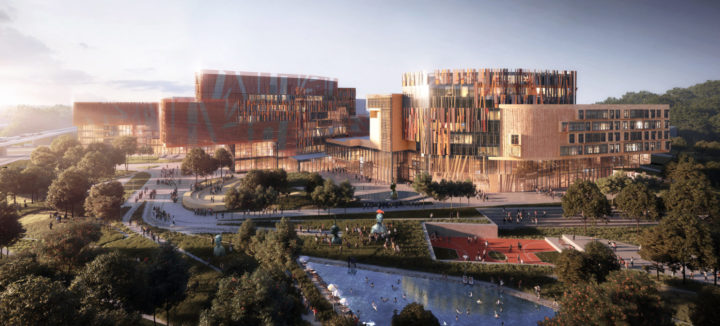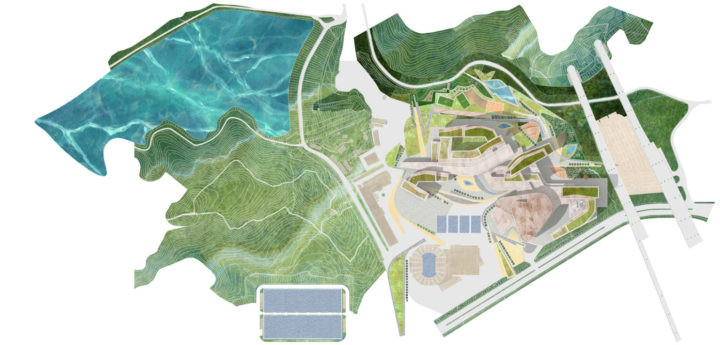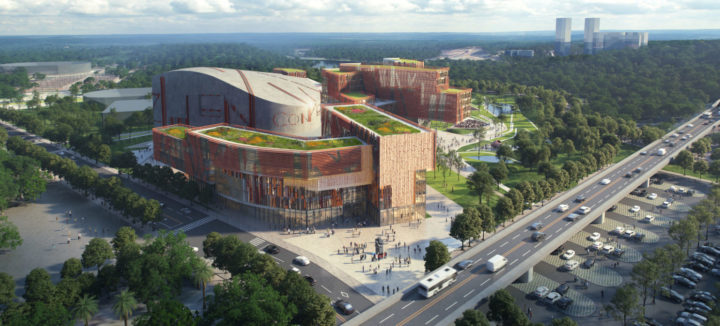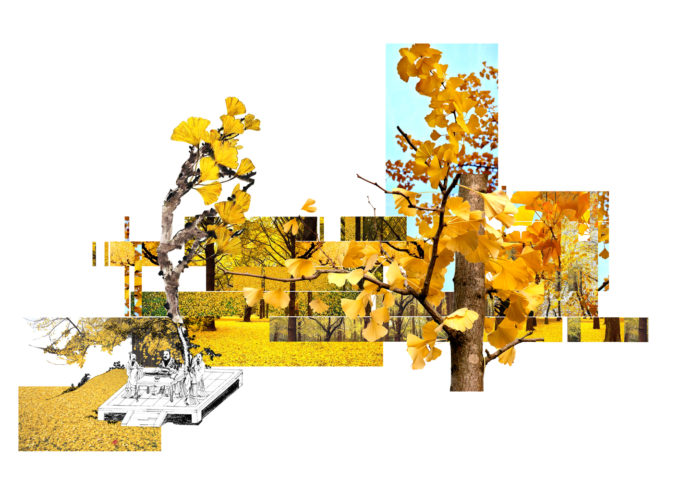Candidates, Why go through a recruitment agency ?
1/ Your chances of finding a job are multiplied If you respond to a job offer published by a recruitment agency, your application will not…
Spanish architectural firm Miralles Tagliabue EMBT, led by Benedetta Tagliabue, has won the international competition to design the new Shenzhen Conservatory of Music. As one of the “Ten Cultural Facilities of New Era”, also known as “Shenzhen New Ten”, the project is part of an important cultural center, alongside ten buildings designed by renowned architects such as SANAA, Jean Nouvel and Sou Fujimoto.

The winning proposal by Miralles Tagliabue EMBT includes multiple buildings, integrated into the Chinese University of Hong Kong (CUHK) Campus, thus creating a “unique educational model based on the relationship with nature and the belief in the ability of architecture to motivate creativity in the university community”. Based on a balanced dialogue with water and green, the design strategy adopted highlights the environmental value of the site.

The main axis of the complex articulates the position of the buildings for artistic performance: rehearsal room, concert hall, and theatre. On another hand, the library, the students’ dorms, and the administration are also connected transversely to the complex. Fluid connections with nature blur the boundaries between indoor and outdoor activities, creating a complete fusion with the landscape. The theatre stands out as the protagonist on campus, opening it up to the public and the city.


“The bright and green interior patios vertically connect the spaces for learning to those for musical interpretation, as if it were a living organism in which all parts are interconnected, in which education and creativity circulate and share space”, detail the architects.

These buildings, with an organic and sustainable architecture, take on passive strategies for energy management, through a subtle orientation of volumes and a system of specific shutters. The architects use traditional and environmentally friendly materials, such as wood and ceramics. The facades, also designed in sustainable materials, with compositions that resemble some musical scores.



Inviting a new way of approaching music learning, the conservatory promotes creativity through calm, meditation and connection to nature.

Photos credits: Miralles Tagliabue EMBT